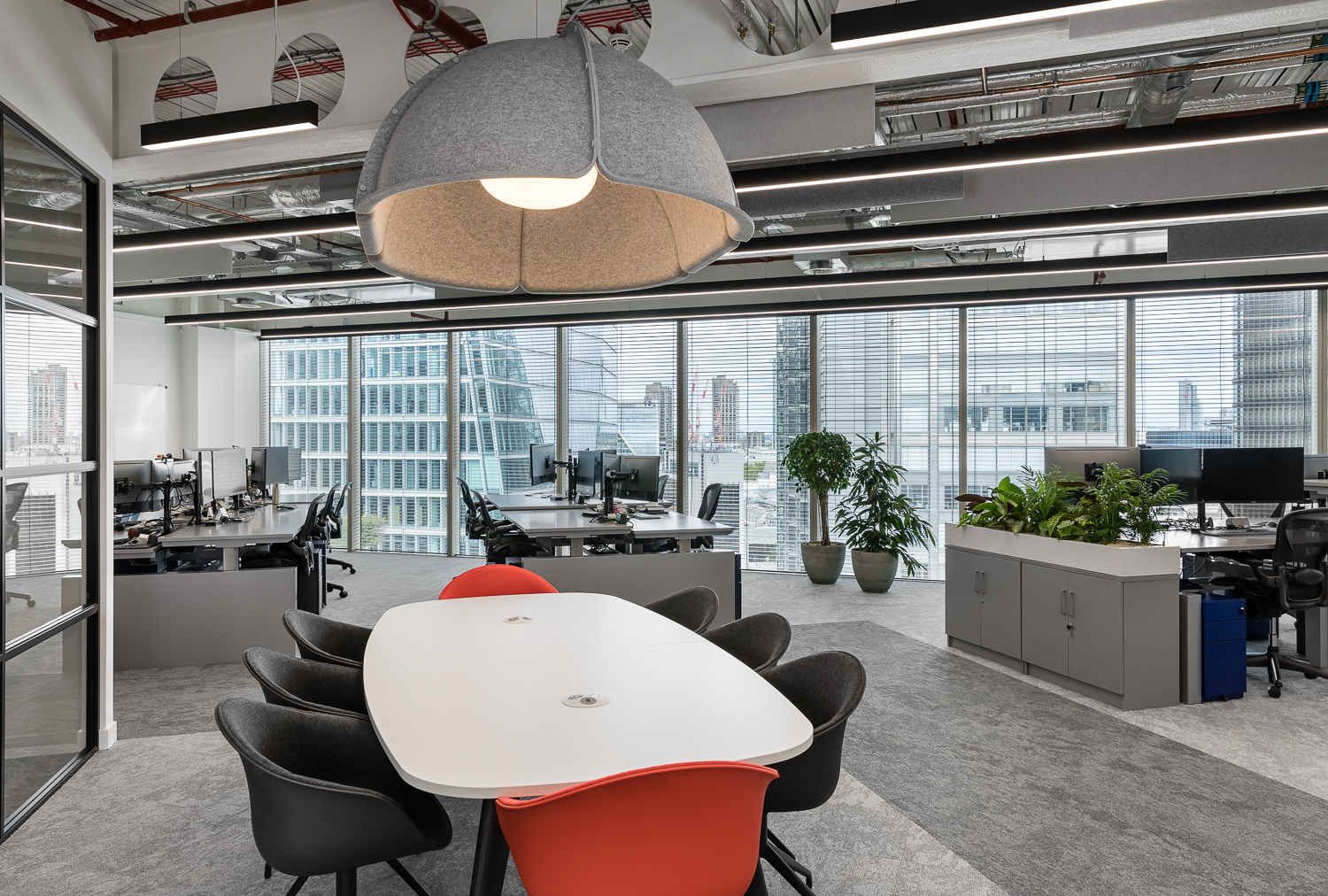In recent years, standing office desks have become one of the most talked-about trends in office furniture, sparking debates about their benefits and drawbacks. With more people working from home and companies reconsidering their office layouts, these adjustable desks, which allow users to alternate between sitting and standing, have gained a strong following. Advocates claim that standing desks can help combat the health issues associated with prolonged sitting, such as back pain, poor posture, and even the risk of chronic diseases. But are they truly worth the hype, or are they just another passing office trend?
The Health Benefits of Standing Desks
One of the most significant reasons people are adopting standing desks is for their potential health benefits. Research has shown that sitting for long periods can contribute to a variety of health problems. In fact, a study conducted by the American Cancer Society found that people who sit for long stretches each day have a higher risk of heart disease and even early death. By using a standing desk, individuals can reduce the amount of time they spend sitting, potentially lowering these risks.
Standing while working can also help improve posture. Sitting for extended hours often leads to slouching, which can put stress on the spine and muscles. By alternating between sitting and standing, you encourage better alignment of your back, which can relieve tension and prevent long-term discomfort.
Another perk of standing desks is the potential for increased energy levels. Many users report feeling more alert and focused when standing, as opposed to feeling sluggish or lethargic when sitting for long periods. Standing also encourages movement, such as shifting weight or walking around, which can boost circulation and reduce the feeling of stiffness.
The Productivity Boost: Fact or Fiction?
Proponents of standing desks argue that these desks lead to improved productivity. The theory behind this claim is that standing encourages more movement, which in turn leads to greater energy levels and sharper focus. For tasks that require deep concentration or brainstorming, some people find that standing helps them think more clearly.
However, the impact on productivity can vary from person to person. Some may feel more productive when standing, while others may find that standing for long periods causes fatigue or distraction. It’s also important to note that standing for hours at a time can be just as draining as sitting for long stretches, especially if the desk setup is not ergonomically designed.
For maximum productivity, it’s crucial to switch between sitting and standing throughout the day. This can help avoid the strain that comes from staying in one position for too long, whether sitting or standing. Having an adjustable desk that allows for easy transitions is key to making this approach work.
Ergonomics Matter: Finding the Right Setup
While standing desks can offer health and productivity benefits, it’s essential to ensure that your setup is ergonomically correct. Just like sitting for long hours in an uncomfortable chair, standing without proper alignment can lead to its own set of problems, including leg fatigue, joint pain, and muscle strain.
For standing desks to be effective, they need to be properly adjusted to suit the individual. The desk height should be level with the user’s elbows when standing, and the screen should be at eye level to prevent neck strain. A footrest or anti-fatigue mat can also be beneficial in reducing pressure on the legs, making standing more comfortable for extended periods.
The key is balance—alternating between sitting and standing rather than remaining in one position all day. The best standing desks are those that allow for easy adjustment, so you can move between sitting and standing throughout your workday.
Are Standing Desks Right for Everyone?
While standing desks have gained popularity, they may not be suitable for everyone. People with certain medical conditions, such as joint issues, varicose veins, or mobility problems, might find standing for long periods uncomfortable or even harmful. It’s important to consult with a healthcare professional before making the switch if you have concerns about standing for extended periods.
Furthermore, standing desks are not a one-size-fits-all solution. Some individuals may simply prefer sitting for long stretches, and forcing them to stand could have a negative impact on their work experience. For some people, the comfort of a good office chair outweighs the potential benefits of standing.
For those who want to experiment with standing desks, it’s essential to ease into the change gradually. Start by standing for 15 to 30 minutes at a time and increase your standing intervals as you get used to it. This will help prevent any strain on your body and allow time for your muscles to adjust to the new posture.
The Costs and Practical Considerations
Standing desks often come at a higher price point than traditional desks, especially if they come with electric or manual adjustments for height. While there are budget-friendly options available, the cost can still be a barrier for some businesses or individuals. It’s also worth considering the additional costs for accessories such as ergonomic mats, footrests, and monitors to ensure the standing desk setup is comfortable and productive.
Beyond cost, there are practical considerations to think about. Some people may find that they lack the space to accommodate a standing desk in their home office or workplace. Moreover, the transition to a standing desk may require adjustments to other office furniture, such as chairs, storage, and filing systems.
The Verdict: Are Standing Desks Worth It?
In conclusion, standing desks offer a variety of benefits, including improved health, better posture, and potential productivity boosts. However, these benefits are not guaranteed for everyone. It’s crucial to consider your own health needs, workspace, and personal preferences before committing to a standing desk. With the right setup, standing desks can be an excellent addition to your office furniture, promoting both physical well-being and mental clarity. For those willing to invest in the transition and make the necessary adjustments, standing desks can prove to be a worthwhile investment in the long run.
However, it’s important to remember that standing desks are just one part of a larger conversation about creating an ergonomic and healthy workspace. The key is balance—whether that involves sitting, standing, or a combination of both—and finding the right office furniture setup that works for you.
Keep an eye for more news & updates on Internal Insider!










